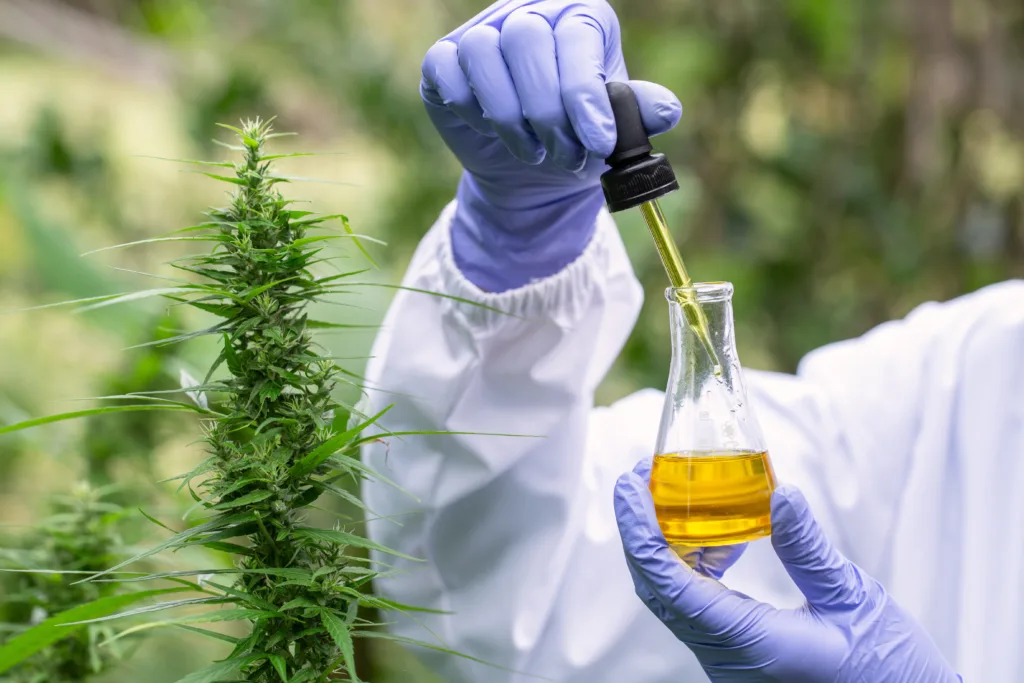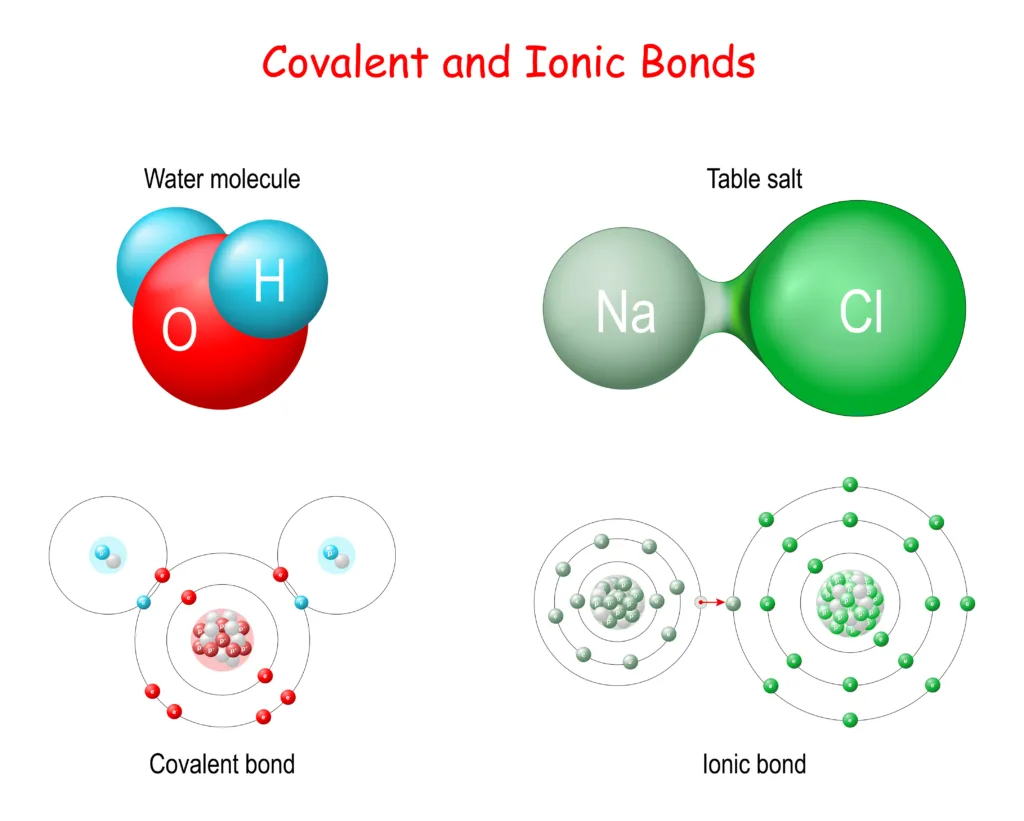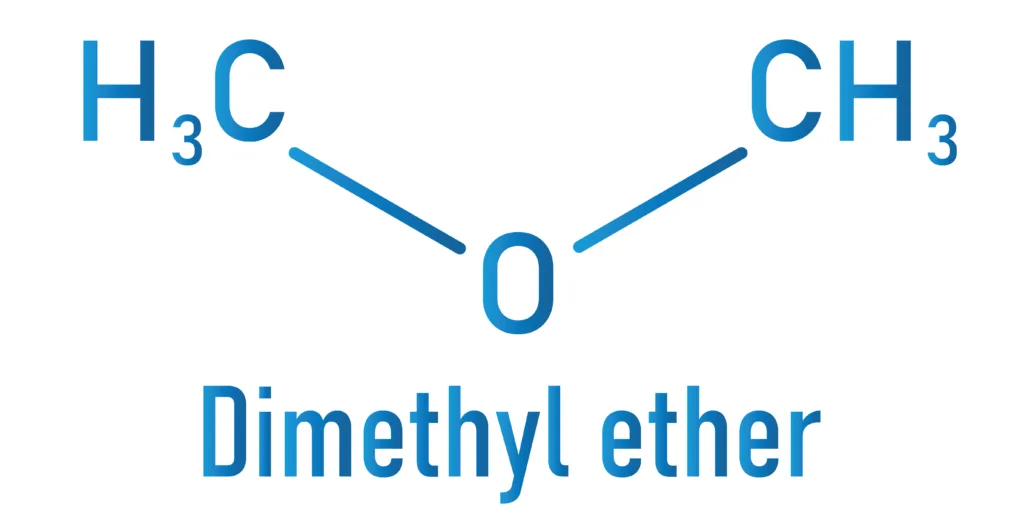The Future of Cannabis Extraction

If you want your company to be at forefront of the industry, you have to maintain a future-forward mindset. This means experimenting with technological advancements, staying aware of upcoming regulations and industry trends, and using your critical thinking skills to anticipate (and shape) the future.
Being future-forward isn’t just a strategy for growth—it’s a strategy for survival and success in an industry that’s constantly redefining itself.
At MACH Technologies, we specialize in designing and manufacturing cannabis extraction equipment, so we’re always looking ahead to see where the future of extraction will take us.
While we aren’t prophets, we do have some insights and future predictions we’d like to share with you.
Green Solvents
As sustainability continues to be a focus for consumers, the cannabis industry is looking for ways to meet these expectations. One way is through green solvents, including water and ionic liquids.
Water as a Green Solvent
Water, the most natural solvent available, is being explored for its potential in cannabis extraction. It’s non-toxic, non-flammable, and efficient at extracting polar compounds, including certain terpenes and flavonoids. The downside is that it’s not as good at extracting non-polar compounds like cannabinoids.

Ionic Liquids as Green Solvents
Ionic liquids are salts in a liquid state at room temperature, known for their negligible vapor pressure, which minimizes the risk of explosions and harmful emissions. They can be engineered to have specific properties, such as being more effective at dissolving certain compounds, making them pretty versatile for different extraction needs.
Challenges
More technological advancements may be needed before water and ionic liquids can be used in extraction, primarily because they’re not as good at extracting cannabinoids as traditional solvents like ethanol. Developing and implementing new extraction methods with these solvents could also involve higher initial costs and require specialized equipment.
Nevertheless, it’s important that we experiment with eco-friendly solvents because consumers will continue to demand cleaner and safer products.
Supercritical Fluids

Using supercritical fluids, including supercritical CO2 in extraction, is a trending focus in research.
A supercritical fluid is a substance that has both gas and liquid properties when exposed to a temperature and pressure above its critical point. In this state, it can penetrate biomass like a gas while dissolving compounds like a liquid.
When CO2 is brought to its supercritical state, it becomes an exceptional solvent because of its tunable selectivity and non-toxic nature.
Potential Impact
Some research has shown that supercritical CO2 can extract a wide range of polar and non-polar compounds effectively, resulting in a more comprehensive profile of cannabinoids and terpenes and a broader range of end products. It’s also non-toxic and non-flammable, making it a more sustainable alternative to butane and propane. This method also typically yields high-quality extracts with minimal impurities.
Challenges
Despite its advantages, supercritical fluid extraction can be complex and expensive to implement, and the process requires precise control of temperature and pressure—reaching a supercritical state is not easy. Additionally, further research on supercritical fluids, including supercritical CO2, supercritical ethanol, supercritical propane, and supercritical nitrogen, is needed to determine if it’s a worthwhile investment.
Ultrasound- & Microwave-Assisted Methods
Ultrasound and microwave-assisted extraction are emerging techniques in the industry that could drastically redefine the extraction process.
Ultrasound-Assisted Extraction
Ultrasound-assisted extraction uses ultrasonic waves to create rapid pressure changes in a solvent, causing cavitation, which helps break down cell walls in the plant material, improving the release and stabilization of cannabinoids and terpenes. This method is found to be faster than traditional extraction methods. It also lowers solvent consumption and can be operated at lower temperatures.
Microwave-Assisted Methods
As its name suggests, this method uses microwave energy to heat the solvent and biomass. The microwaves cause polar molecules in the plant material to oscillate, generating heat internally rather than externally. This method is also relatively fast compared to traditional methods and can be fine-tuned for selective extraction of specific compounds.
Challenges
As with all emerging techniques, more research is needed on their efficacy, and more technological advancements are needed to develop specialized equipment for these methods. Scaling these technologies from laboratory or pilot-scale to full-scale production can also be challenging, and operators will need to learn how to control numerous variables, like frequency and power or microwave intensity, to obtain their desired end products.
Dimethyl Ether (DME) & Cryogenic Ethanol
Lastly, Dimethyl Ether (DME) and Cryogenic Ethanol are two solvents gaining attention in the cannabis industry.
DME

DME is a colorless, non-toxic, non-carcinogenic gas with low global warming potential. It’s also been found to be effective in extracting both polar and non-polar compounds, potentially yielding a broader spectrum of cannabinoids and terpenes compared to traditional solvents.
Cryogenic Ethanol
Ethanol is already a widely used solvent in the industry. One challenging aspect of using ethanol in extraction is getting the temperature right. In most current practices, ethanol is cooled to lower temperatures (usually between -20 and -40 degrees Celsius), which helps to minimize unwanted waxes, lipids, and chlorophyll in end-products. However, cryogenic ethanol, which involves cooling ethanol to very low temperatures, often below -40 degrees Celsius, is gaining popularity. Cryogenic temperatures enhance the selectivity and efficiency of the extraction process, potentially resulting in a higher-quality end product with less post-processing.
Challenges
With DME, the primary hurdle is that it’s not yet widely recognized. It also requires pressurized storage conditions and careful handling due to its high volatility and flammability, and if used in existing extraction systems, modifications and upgrades may be required to handle its physical and chemical properties safely.
And with Cryogenic Ethanol, the main challenge is that maintaining ethanol at cryogenic temperatures requires significant energy, which increases operational costs. It also poses safety risks, including frostbite and asphyxiation, so more stringent safety protocols are needed.
Stay Ahead of the Game With Help From MACH Technologies
Since our founding, we’ve been committed to one goal—developing innovative equipment to help companies streamline their operations. We do this by staying on top of industry trends, testing new technologies, and ensuring all equipment we engineer is safe and compliant. In addition to the emerging trends and methods we’ve discussed in this blog, we believe that safety and compliance will also be major components that shape the future of cannabis extraction. You can read this article to learn more about our thoughts on that.
No matter where the future takes you, you can count on MACH Technologies to help lead the way. As a turnkey provider, we manufacture world-class extraction equipment and technology, help companies implement our equipment into existing processes, and provide comprehensive training to operators.
Contact us today to learn more about how we can help you.
